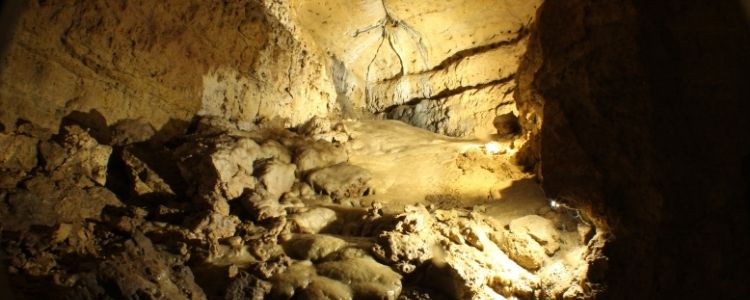Archaeoacoustics is the use of acoustical study as a methodological approach within archaeology. Steven Waller of the American Rock Art Research Association has studied rock art sites around the world. Waller suspects that echoing locations such as caves and canyons would have been considered sacred, and were decorated with the images evoked upon hearing the echoes.
We experience spaces, not only by seeing, but also by listening. Stone Age performers may have used caves to intensify and emphasize music, similar to how choirs use domed churches today. “Such resonant spaces inspire singing,” the National Geographic article explains.
In Spaces Speak, Are You Listening? Barry Blesser and Linda-Ruth Salter explore how we experience spaces through attentive listening. They point out that every environment has a unique “aural architecture” and that even modern performers continue to perform and record music in numerous caves around the world. Natural caverns, as in cathedrals or other sacred settings, blend music with the silence, resonance, reverberation and echo of these unique environments. This combines art and science.
Each year visitors to Cave of the Mounds experience the captivating acoustics of the underground. Here is just a partial list of the variety of sounds that have echoed through the cave over the years

